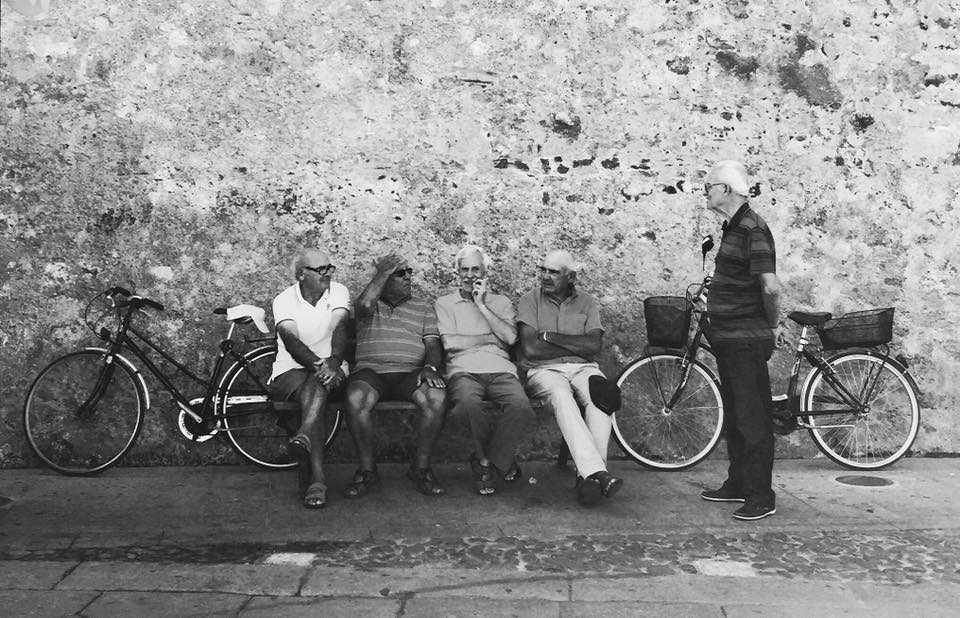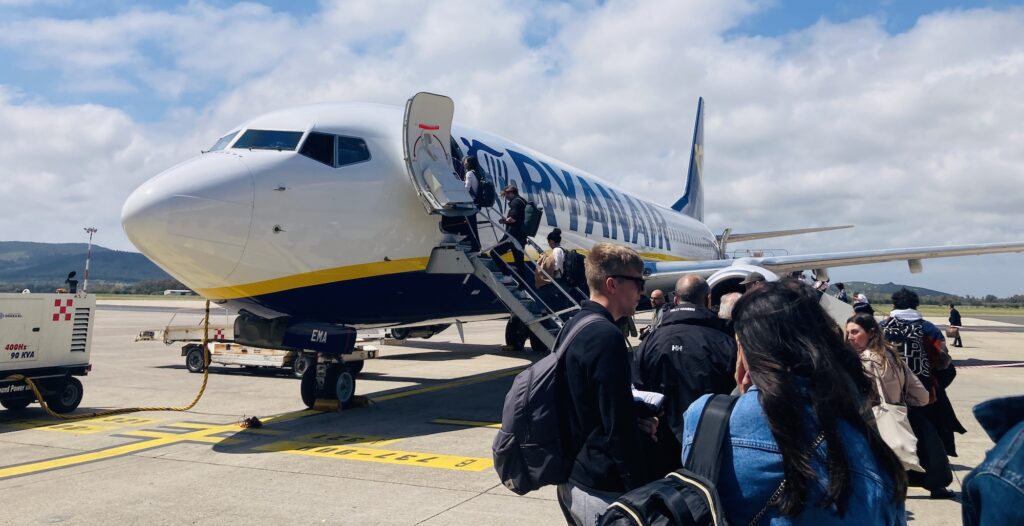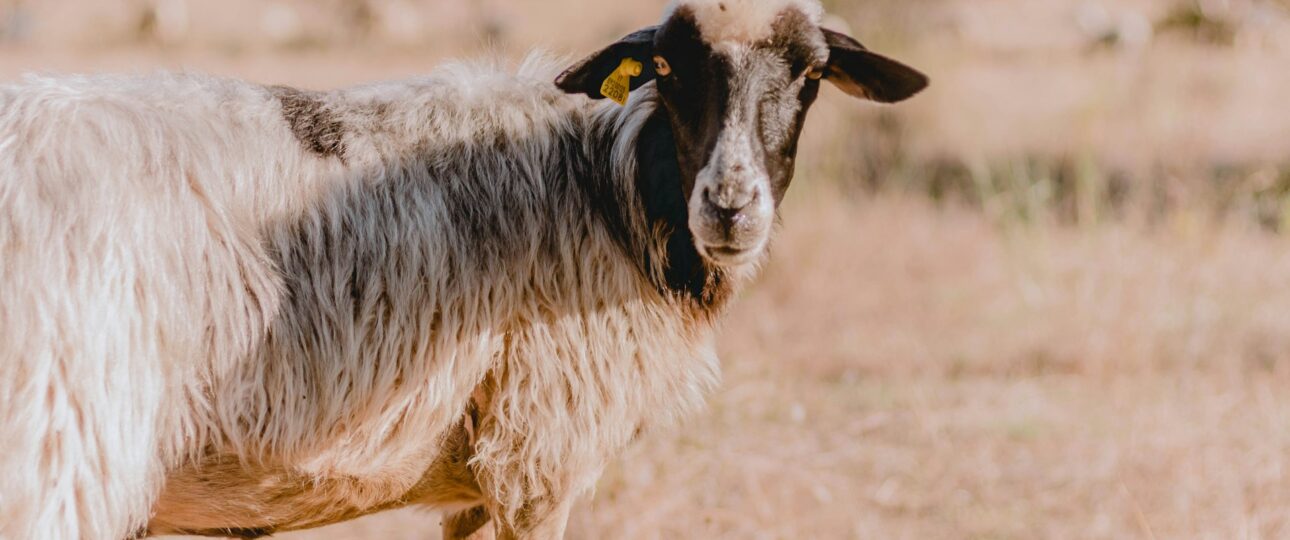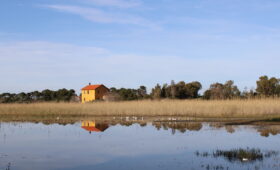Sardinia and Ireland – two seemingly distant and different places – have more in common than one might think. Their shared resilience in the face of adversity has allowed them to overcome challenges and continue to thrive.
Ireland and Sardinia are both islands with similar features such as rugged cliffs, beautiful beaches and landscapes. Both islands also have minority languages, Irish and Sardinian respectively. They also share a special love for traditional instruments such as the launeddas and bagpipes associated with their respective cultures. Don’t forget their agricultural tradition and much more…
7 ways in which Sardinia and Ireland are more alike than you might think
- Old traditions in dance, storytelling and instruments. The bagpipes in Ireland and the launeddas in Sardinia.
- A significant importance on farming due to their longstanding agricultural history.
- Picturesque landscapes with rolling hills and green fields.
- Coasts with rugged cliffs and beautiful wild beaches.
- A long history of cheesemaking and produce a wide variety of cheeses
- Sheep meat as an important part of their traditional cuisine, with lamb and mutton being popular meats in both regions.
- They share a common feature of having minority languages, specifically Irish and Sardinian, respectively.
1. Sardinia and Ireland. Music & dance traditions

Both the music of Ireland and Sardinia have strong traditional roots and are an important part of the cultural heritage of their respective regions. Traditions are characterized by music that is passed down from generation to generation and by a mixture of vocal and instrumental music.
Sardinian traditional music is characterized by the use of polyphony, the simultaneous sounding of two or more melodies. This is often heard in the island’s vocal music and is often accompanied with the launeddas.
The launeddas has a distinctive, high-pitched sound and is used in traditional Sardinian folk music. It consists of three reeds played simultaneously by one player with circular breathing.
The traditional music of Ireland, on the other hand, is characterized by the use of a wide range of instruments, including the fiddle, the flute, the uilleann pipes, the harp and the bodhrán.

The bagpipe – a traditional wind instrument from Ireland and Scotland – that consists of a bag, a chanter (a long pipe with finger holes) and one or more drones (pipes that play a constant tone). The instrument is associated with Celtic music and is considered a symbol of Ireland and Scotland.
Both the launeddas and the bagpipes are traditional instruments that are considered an important part of the cultural heritage of their respective regions.
2. A strong agricultural heritage

Both islands have a strong agricultural tradition that plays an important role in their economies.
Sardinia, located in the Mediterranean Sea, has a long agricultural history dating back thousands of years. The island’s mild climate and fertile soils have made it an ideal place for growing cereals, barley and olives, as well as for raising livestock. Agriculture is still an important industry on the island, as over 70% of the land is used for farming.
Agriculture has also played an important role in Ireland’s economy for centuries. The country’s humid climate and lush, green landscapes have made it an ideal location for growing crops such as potatoes, barley and oats, as well as raising livestock. With over 130,000 farms across the country, the agricultural sector continues to make an important contribution to the Irish economy today.

Despite these challenges, both Sardinia and Ireland have shown resilience and determination by preserving their agricultural traditions and rebuilding their economies.
3. Picturesque landscapes, with rolling hills and green fields.

Sardinia
One of the most striking similarities are the picturesque landscapes that both regions offer. They’re characterized by rolling hills and green fields as far as the eye can see.
Both regions have a unique connection when it comes to their landscapes. Visitors to both regions are treated to breathtaking views of rolling hills and green fields. It’s no wonder that these picturesque landscapes have become the symbols of Sardinia and Ireland.
4. Rugged cliffs and beautiful beaches.
Despite their cultural and geographical differences, Ireland and Sardinia share a love of the sea and a coastline that is as rugged as it’s beautiful.
Both islands have rugged cliffs that offer breathtaking views of the sea, as well as beautiful beaches that are perfect for swimming, sunbathing and water sports.
In Sardinia, the Costa Smeralda is one of the most famous stretches of coastline. This area is known for its crystal clear waters and white sandy beaches, but also for its rugged granite cliffs. The Gulf of Orosei, located on the east coast of the island, offers dramatic cliffs plunging into the sea and secluded coves accessible only by boat.
In Ireland, the Cliffs of Moher are a popular destination for tourists. Rising over 200 meters above the Atlantic Ocean, these cliffs offer breathtaking views of the coastline. There are many more dramatic cliffs and sandy beaches on the Wild Atlantic Way, a 2,500-kilometer coastal route along the west coast of Ireland.
5. Cheese in Sardinia and Ireland
In both Sardinia and Ireland, cheese is an important part of traditional cuisine. They have a long tradition of cheese making and produce a wide variety of cheeses from sheep, cow and goat milk.
In Sardinia, pecorino cheese is one of the most famous and traditional cheeses. Pecorino sardo, also known as Fiore sardo, is made from sheep’s milk, produced on the island. This cheese is known for its sharp, spicy flavor and is often used in cooking, especially in pasta dishes.
In Ireland, Cheddar cheese is one of the best known traditional Irish cheeses. Irish cheddar is made from cow’s milk and is known for its soft texture and sharp flavor. Another famous Irish cheese is the Durrus, a cheese with washed rind.
6. Sheep meat: the traditional cuisine in both Sardinia and Ireland.
In Sardinia, lamb and mutton have been an important part of the island’s diet for centuries. The Sardinian sheep is a breed well adapted to the island’s rugged terrain and is known for its tasty meat.
Irish sheep are known for their hardiness and high quality meat. Traditional Irish dishes that include sheep meat include Irish Stew, a hearty stew of lamb or mutton and vegetables, and Roast Leg of Lamb.
Sheep meat plays an important role in traditional cuisine and is often prepared using methods that have been passed down from generation to generation. Depending on the recipe, it’s cooked on a spit, grilled, roasted or braised. On both islands, the whole animal is used to make the best use of the available resources.
7. Minority languages: Irish and Sardinian

Both Sardinia and Ireland have their own languages and dialects, with some similarities and differences in the way they’re spoken.
Sardinia is a region of Italy where the official language is Italian. However, the Sardinian language, also called Sardu, is a distinct language spoken by the island’s population. The Sardinian language has a variety of dialects spoken in different parts of the island. Some of the dialects differ considerably in phonetics, vocabulary and grammar but they share similar specific characteristics.
Ireland, on the other hand, has two official languages: Irish and English. Irish, also known as Gaeilge, is a Celtic language spoken by a minority of the population, especially in certain areas called Gaeltacht. The accent and dialects of Irish can vary greatly from one region to another.
Both Sardinian and Irish have strong and distinctive accents that differ from the standard accent of the official language. The Sardinian accent is characterized by the use of glottal stops, a feature also found in some other Mediterranean languages, and it’s known for its “sing-song” rhythm. The Irish accent is characterized by the use of “H-dropping”, in which the letter “H” isn’t pronounced at the beginning of certain words, and by the use of different intonations in the language.
2 Great Experience in north Sardinia
Travel connections between Sardinia and Ireland
These two beautiful islands, so far apart but with similar characteristics, are two wonderful destinations worth visiting at any time of the year.

How are they connected?
The most common way to travel between Sardinia and Ireland is by plane. There are 3 airports in Sardinia that have direct flights to Ireland, such as Cagliari Elmas Airport, Olbia-Costa Smeralda and Alghero Fertilia Airport. These airports have direct connections to Dublin and Cork.
Traditional Farm-stay in Sardinia and Ireland
One of the main reasons to visit these two countries is their still natural and unspoiled landscapes, and here are some suggestions.Visitors can experience life on a farm, participate in agricultural activities and taste local food and wine.
📍 Aglientu
📍 Dorgali




